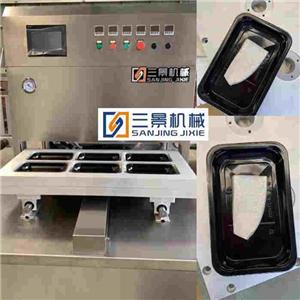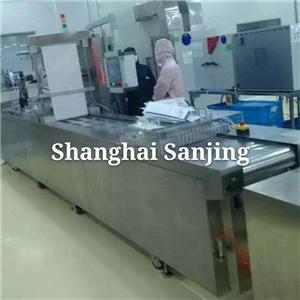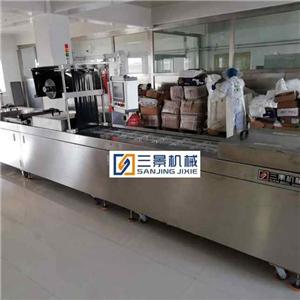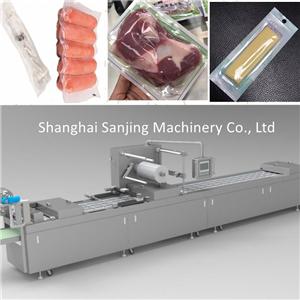The principle of food MAP packaging
The principle of food fresh-keeping packaging
Changing the internal environment of food packaging can extend the shelf life of food, such as vacuum packaging, nitrogen-filled packaging, and modified atmosphere packaging. Among them, modified atmosphere packaging is currently the best packaging form for food preservation. The basic principle of food modified atmosphere packaging preservation is to replace the air in the packaging with protective gas, so that the food is placed in a protective gas environment, the growth and reproduction of bacteria and mold that cause food spoilage is inhibited and preserved, and the color of fresh meat is protected, fresh The aging process of fruits and vegetables is delayed, thereby extending the shelf life of food.
Commonly used fresh-keeping gas is composed of oxygen (O2), carbon dioxide (CO2) and nitrogen (N2) and a small amount of special gas. CO2 gas has the effect of inhibiting the growth and reproduction of most aerobic spoilage bacteria and molds, and is the main gas bacteriostatic agent in the protective gas. O2 gas can inhibit the growth and reproduction of most anaerobic spoilage bacteria, maintain the color of fresh meat and maintain the freshness of aerobic respiration of fresh fruits and vegetables. N2 gas is an inert gas and does not work with food. As a filling gas, it forms a protective gas with O2 and CO2.




